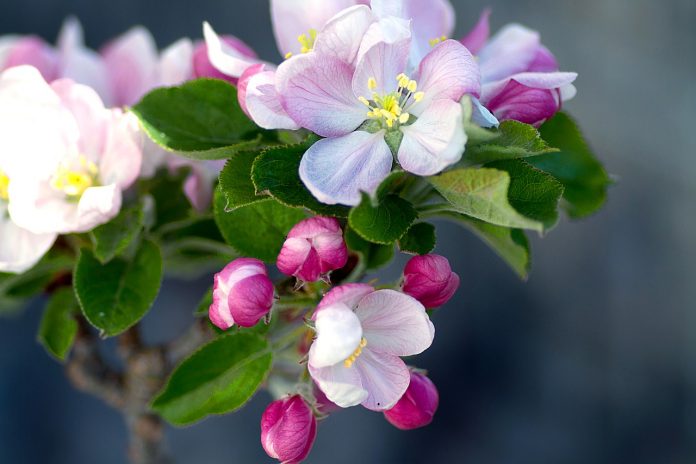Hello Again,
Let’s talk about spring. Seems like it came early this year and then it left again, and then, oh wait, its back.
I’ve seen skunks dead on the road, having come out of hibernation too early.
The grass starts to green up as much as it can, with a sun that is never seen, and then wham, it’s covered in snow.
The cows are confused. They have those heavy winter coats on, sweating bullets one day, and frozen again the next day.
Challenge
Seems like this spring has been a challenge of a different nature.
Here we are at end of February, and the farmers are already anticipating getting into the fields because well, let’s face it, we have better planting weather now then we have had in some actual planting seasons.
Unfortunately, the up and down sliding of the thermometer could affect some of our orchard trees, vines and bushes.
If you start to anticipate a potential problem, contact your local FSA office.
Assistance
FSA offers the Tree Assistance Program (tap) for orchardists and nursery tree growers who experienced losses from natural disasters.
TAP provides financial assistance to qualifying fruit and nursery tree growers to replant or rehabilitate eligible trees, bushes and vines damaged by natural disasters.
For 2017, eligible losses must occur on or after Jan. 1, 2017, and before December 31, 2017. A notice of loss must be filed with FSA and provide supporting documentation within 90 days of the disaster event or the date when the loss is apparent.
Eligible tree types include trees, bushes or vines that produce an annual crop for commercial purposes. Nursery trees include ornamental, fruit, nut and Christmas trees that are produced for commercial sale.
Trees used for pulp or timber are ineligible.
Qualify
To qualify for TAP, fruit growers must suffer a qualifying tree, bush or vine loss in excess of 15 percent mortality from an eligible natural disaster.
Eligible trees, bushes or vines must have been owned when the natural disaster occurred; however, eligible growers are not required to own the land on which the eligible trees were planted.
If the TAP application is approved, eligible trees, bushes and vines must be replaced within 12 months of approval.
The cumulative total quantity of acres planted to trees, bushes or vines for which a producer can receive TAP payments, cannot exceed 500 acres annually.
If physical evidence of the lost trees, bushes, or vines no longer exists, the owner must provide documentation to determine the eligible plants existed.
Documentation
Examples of documentation can include:
- Receipts for the original purchase of eligible trees, bushes and vines.
- Documentation of labor and equipment used to plant or remove the eligible trees, bushes and vines.
- Chemical, fertilizer, or other related receipts to substantiate the existence of the eligible trees, bushes and vines.
- RMA appraisal worksheet may be used by COC to substantiate applicant’s certification of trees lost.
For more information, producers are encouraged to review the TAP fact sheet.
That’s all for now,
FSA Andy













